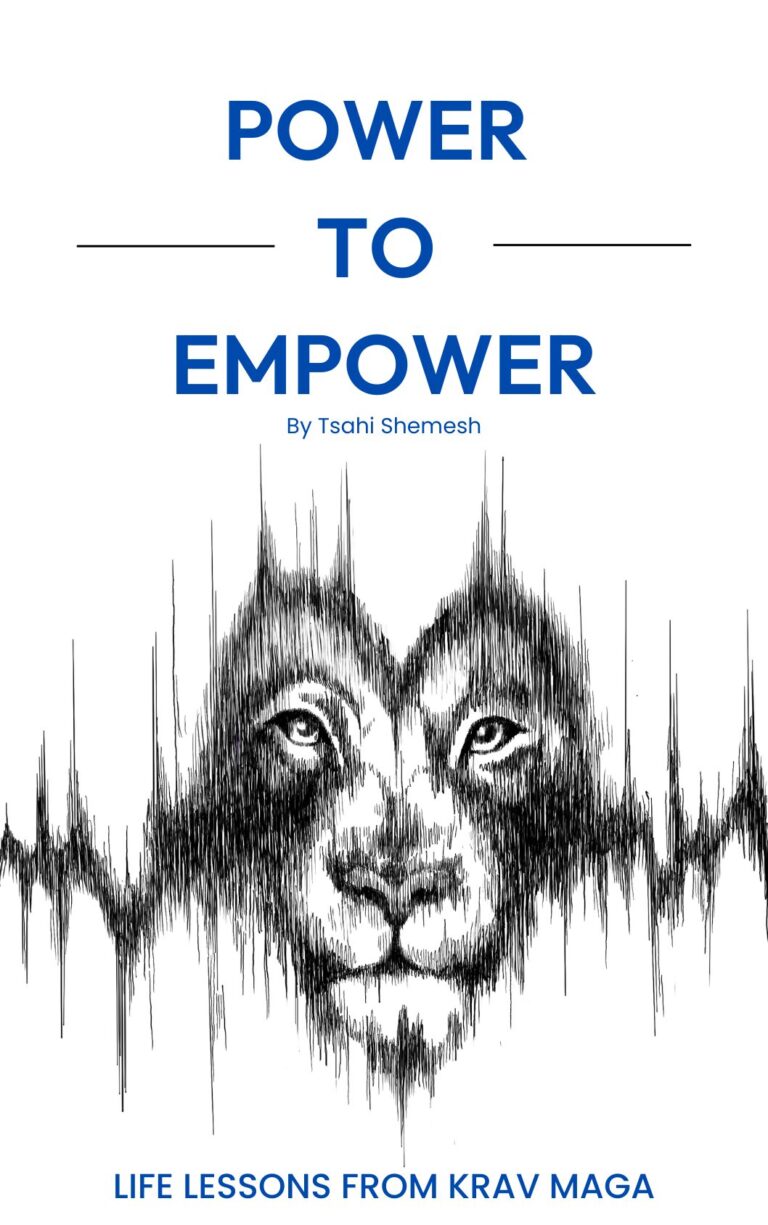Warriors Prepare for Missions - Fighters Prepare to Fight
Most people who train learn how to fight. Few understand why. Fewer still develop the character to stop fighting when it no longer serves a purpose. That’s the difference between a fighter and a warrior.
On the surface, they might look the same. Both know how to strike. Both train under pressure. Both can defend themselves. But only one of them fights for a reason beyond ego, fear, or pride. A fighter seeks victory. A warrior seeks clarity. One wants to win. The other wants to protect.
That difference shows up everywhere. It’s not just philosophical. It’s visible in the way you train, in the way you respond under stress, and in what you choose to stand for when things get uncomfortable.
Fighters are built in gyms. They sweat, spar, compete, and grind their way toward better technique and sharper instincts. They push through pain. They test themselves. They learn to take a hit and stay standing. All of that has value. But eventually the question has to shift from “Can I win?” to “Why am I doing this?”
Fighters often train to prove something. That they’re tough. That they’re strong. That no one will mess with them. For some, it’s about reputation. For others, it’s about proving they’re not weak. And sometimes it’s just about the thrill. That doesn’t make them wrong. It just means they’re walking a path with a ceiling.
Fighters often peak when the applause is loud. When the body still recovers fast. When the lights and stakes are just high enough to be exciting but not real enough to demand deep discipline. And when the fun fades, or the injuries pile up, or they get beaten, many walk away. Because without a deeper reason, the motivation dies.
A fighter thinks the battle is out there. A warrior knows the real battle is within.
A warrior doesn’t train for sport. He trains because he understands that peace is fragile. That protection is earned. That if something ever threatens the people he loves, he must be ready. Warriors don’t chase fights. They prepare for the ones they can’t avoid. And when that moment comes, they don’t explode. They execute. Calmly. Quickly. With intention. They don’t waste time trying to look strong. They focus on being effective.
Warriors aren’t concerned with proving anything. They ask better questions. Was that the right choice? Did I protect what matters? Did I do more harm than I had to? Did I leave the situation better than I found it? Power to them is not a prize. It’s a tool. And it stays in the toolbox unless it’s truly needed.
Getting to that place takes more than skill. It takes internal work. Becoming a fighter is already hard. You have to overcome fear. Fear of pain. Fear of failure. Fear of looking weak. You need grit and consistency. Most people never get that far. But becoming a warrior is harder. Because to get there, you have to overcome your ego. You have to let go of the need to win. You have to walk away when walking away is the harder thing to do. You have to stop training to impress others and start training to become who others can depend on.
And that responsibility? It’s heavy. That’s why so many people avoid it. They want the power without the burden. But a warrior doesn’t get to separate the two.
People ask whether you have to know how to fight to be a warrior. The answer is yes. Without that, your restraint means nothing. You’re not peaceful if you don’t have the option to be dangerous. You’re just harmless.
A warrior is dangerous by design, not by accident. He is trained. Capable. Disciplined. And he holds that power quietly. If someone threatens what he loves, he acts. But he never acts out of panic. He doesn’t need to. Because he’s prepared.
Some people confuse that with passivity. They say “I don’t believe in violence” as if that makes them morally strong. But there’s no virtue in avoiding violence if you’ve never developed the capacity to use it. The warrior trains violence and holds it back. That’s real control.
Without skill, a warrior is just a philosopher. Without values, a fighter is just a threat. The strength is in the integration of both.
Most people train to be stronger, but what they really need is to feel safer. The fighter says “No one will mess with me.” The warrior says “I will protect the people I care about.” One is driven by fear of being weak. The other is guided by responsibility.
I’ve seen both types on the mat. I’ve seen students rise through the ranks and change from reactive to grounded. That transformation never happens through technique alone. It happens through struggle. Through reflection. Through doing the work when it’s boring, painful, or inconvenient. Through managing the voice that wants to strike first and instead choosing to hold the line.
That shift from fighter to warrior isn’t automatic. It’s earned.
Imi Lichtenfeld taught us that we train so that one may walk in peace. That line is not a slogan. It’s a direction. It means you don’t train to become violent. You train so that you never have to be. And when people forget that, when they let ego run the show, martial arts turns into a game of dominance and insecurity. They mistake aggression for courage. But courage isn’t about how hard you can hit. It’s about how much you can hold back when you want to hit.
Not everyone who trains becomes a fighter. Not every fighter becomes a warrior. But if you are willing to fight your ego, to sharpen your skills, to reflect on your motives, and to live aligned with a mission bigger than yourself, then you’re walking the path.
The world doesn’t need more people who know how to hurt. It needs more people who know how to protect. We don’t need more fighters. We need warriors.
Which one are you?
Do something amazing,
Tsahi Shemesh
Founder & CEO
Krav Maga Experts
Related Articles
- Self-Defense Training vs. Fighting: What’s the Difference?
Clear mindset split that supports your thesis about purpose over ego. - You Should Never Hit First!? Not Always!
Explains lawful, principled preemption. Fits the warrior’s restraint and timing. - Are You Avoiding Danger or Letting Fear Control You
Fear vs wisdom. Direct tie to the internal battle you describe.
- Warriors in Heart: The True Strength of Protecting What You Love
Warrior as protector. Aligns with your core line about purpose.
- Awaken the Warrior Within
Call to action that pairs cleanly with the article’s close. - If You Fight With a Crazy Person, You’ve Already Lost
Reinforces restraint and mission over ego.


Which one am I?
I’m one of those lads sweating the “ If you don’t break it, you will never make it ” t-shirt.
As Tashi always asks “Makes sense?”